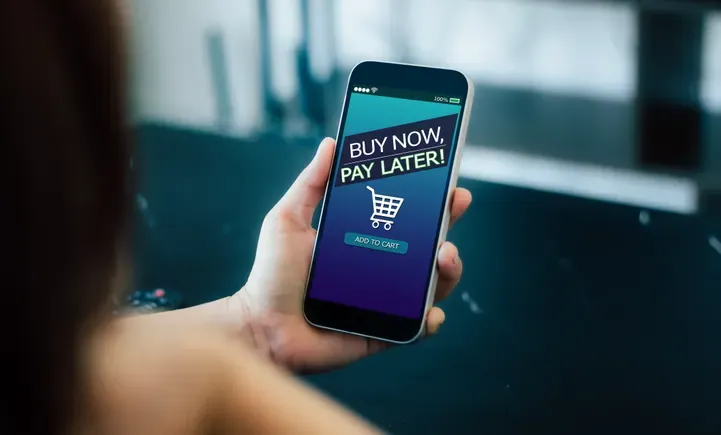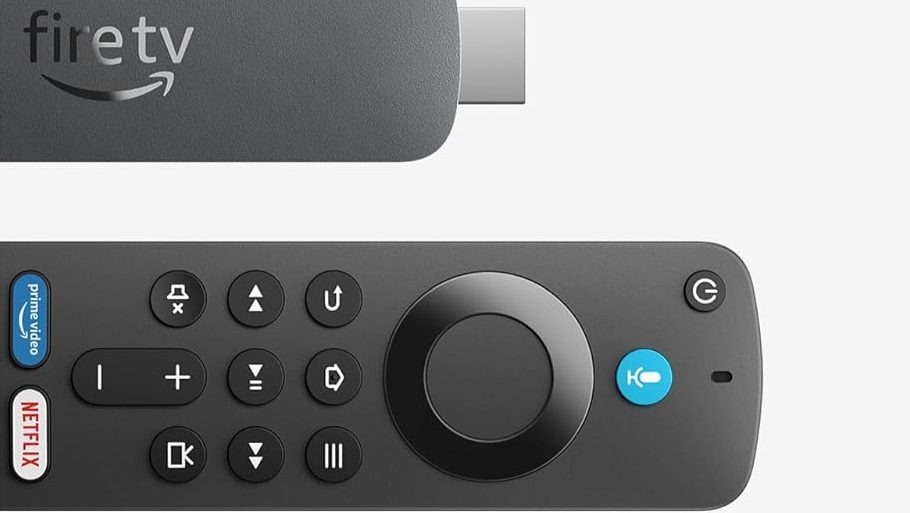Bringing payment processes in-house can be expensive, but the rewards can be great enough to make that investment worthwhile. Merchants turn to do-it-yourself payment solutions to take advantage of benefits such as customer data, more control over the experience, and more options. It’s not a way for them to save money; it’s a way to make money.
A new report from Javelin Strategy & Research, In-House Payment Options for Merchants: Time for a New Look, examines the ways companies can leverage their own payment systems. “Merchants should lean into the unique features that payments can bring to their businesses,” said Don Apgar, Javelin’s Director of the Merchant Payments Practice and the author of the report. “Clearly communicating that value will increase both sales and loyalty by improving the customer experience.”
Leveraging the Wealth of Data
One common misconception about in-house payments is that the merchant can save money by handling the process itself. But it’s exactly the opposite: Doing it yourself is more expensive because payment processing has become so sophisticated.
“You’ve got to be something like a $500 million merchant to have truly have your own branded in-house payment option,” Apgar said. “It’s going to cost significant money operationally, and if you’re extending credit to customers, that’s a whole other dimension of expense.
But if the merchant leverages it properly, it’s all worthwhile.”
The chief benefit an in-house payment system delivers is the market data merchants can glean from it. The best way to leverage this is to get a good market research firm to help understand what customers want. The company could anecdotally survey the client base, but asking consumers in a structured manner that yields actionable insights is where the real benefit lies.
Apgar offered examples of several payment preferences that can come through this research: “I love the buy now, pay later thing that you guys are doing, but four installments is not enough. Is there any way you can do six or eight installments?
That would be a lot better for me.” Or: “I love the idea of the app, but I order on the app, but then I get to the store and I have to pay. Why can’t I pay on the app?”
The Starbucks Model
Starbucks has done an exemplary job of leveraging its payment processes. Starbucks’ app costs the company a great deal of money to run, but it’s worth the expense. For one thing, it caters to the many Starbucks devotees who are into the whole experience.
But the primary reason Starbucks spends all that money and drives customers to the app is the data it generates.
“You can tell how far away somebody parked from the store, or where else they went to before and after Starbucks, because it’s right on their phone,” Apgar said. “But you’ve got to be prepared to do something with that data. If you’re not going to communicate to your customers and market to them, deliver them offers, advertise specials, get them into the store, the app that creates the data is not a good spend.”
Collecting that data through an in-house payment system like a proprietary app gives the merchant a captive audience and exceptionally rich data. It requires a marketing infrastructure that can leverage that data to drive more loyalty and more sales.
Building Something of Your Own
Another advantage of an in-house payment system is that it can be built on the shoulders of others but with a result uniquely suited to the business. The process does not have to start from zero, but it also doesn’t pay to simply replicate someone else’s payment program.
“If you’re Dunkin’ Donuts, you might look at the payment program at Starbucks runs and want to do exactly the same thing for my stores,” Apgar said. “But it’s not just drag and drop, because Dunkin’ Donuts is a different store from Starbucks.
The menus are different. It caters to a different type of person. You order differently.”
In this example, Dunkin’ could benefit from looking the parts of the Starbucks program it could leverage. If it took something Starbucks built for its particular customers, stores, and experiences, then copied it, the effort would fail.
Each merchant’s payment experience needs to be something that reflects its brand, appeals to its customers, and is unique to its stores.
Every program is as different, as are the stores that run it, and each entity will have a certain amount of expertise in running a payments program. A vendor like Synchrony or Citi Retail Services can do a complete turnkey program or any part of it.
The Challenges of Credit Cards
Running a proprietary credit card program is more expensive because the operator has to service the customer, take payments, and mail out statements. It can hire a servicing company like Synchrony to service the program and take all the bad debt losses and service the program, but that’s not the most challenging hurdle. As a percentage of sales, the merchant doesn’t pay 3%, as with a Visa card, but more like 6% or 7%.
But there are advantages as well, mostly involving the control the merchant can wield over the program.
“Everything is a trade-off,” Apgar said. “If you say, ‘OK, I’m going to absorb credit losses,’ well, then, that 7% can get reduced to 3 or 4%, the same as a Visa or MasterCard payment would cost. You don’t necessarily want to absorb credit losses, but it gives you the ability to say who you approved and who you don’t approve, depending on where your store is located, who your customer is, who you’re selling to. If the ability to offer credit is key to your store’s prosperity, then it’s worth it. It’s understanding what aspect of control gives me the most benefits.
“It goes back to finding out what my customers need.
Do they need access to credit? Do they do they want fast transactions? An in-house payment system lets you provide your customers with exactly what they’re looking for.”
Disclaimer: This story is auto-aggregated by a computer program and has not been created or edited by finopulse.
Publisher: Source link








